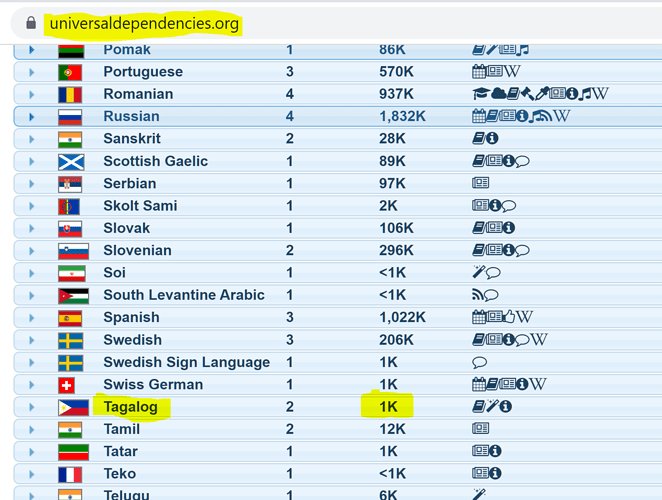I’ll admit, the marketing got me with the anki and word integration. Once I subscribed however I noticed two things:
-
I cannot save words. Apparently my language is not supported? When watching Netflix and adding a word, the “words” tab remains empty no matter what. Was given no indication of this before payment. Nice.
-
The Anki integration is cumbersome. This isn’t a smooth process. I’m not going to go through that every time. Also, I can’t export words, only phrases, since my language again doesn’t seem to be supported for some features, so it’s essentially useless.
What was the point of subscribing?
Hello, thanks for reaching out and sorry for your experience.
-
Could you let me know for which language you try to add words ?
-
I’m sorry for this, but this problem is more an anki problem, as the complexity is in the Anki import and not in the Language Reactor export. We contacted the developpers of Anki to see if we could do something together to simplify the process for the learners, but they didn’t care unfortunately :S .
But for going around this, we just released our own flashcard system which we hope you will like !
Please let us know if you have any other issues
1 Like
This is for tagalog/filipino
Thank you for your reply !
We don’t support Tagalog for word saving, as we don’t have a sentence analysis model for it. I’m sorry.
But can you send me a link to the youtube or netflix video in question please ? I will check why you were able to save words in the first place. It should not be possible !
Thanks again
Here: https://www.netflix.com/watch/81590989?trackId=14170286
Does this mean the upcoming flashcard deck you’re releasing won’t support Tagalog? If there’s no extra features in the pro versus ordinary, how do I go about a refund?
Thanks
I will see with my colleagues if technically can or not add Tagalog to our supported languages. If we can’t, we will refund you !
Can I ask you in which country you are watching this content ? I can’t access to it from where I am now. I need to use a VPN to connect to the country you are now. Thanks !
Thanks that sounds fine. I’m in the Philippines currently. Btw I noticed Filipino is selectable as a target language in some locations on your platform so I’m not sure how much it’s supported (filipino and tagalog being synonymous for all practical purposes)
Just an update, word view is now completely broken for tagalog. I can no longer select them at all.
I’m guessing you’ve removed support for it but partial support was much better than none. Now I can’t even click a word to see it’s meaning in the subtitles whilst the video is playing, which was a very useful feature. Please revert this!
Nah, that was a server offline, sorry. It’s back online now. Refunded btw.
Anki integration is cumbersome, we’re in the process of releasing our own system (https://dev.languagereactor.com/), which also allows us to make features that are not possible in Anki.
Tagolog support isn’t good. We don’t have a good model to lemmatize words, which is a shame. I’m googling now if there’s a library that can do it.
1 Like
Seems to be very little labelled data available available for Tagalog, so machine-learning approaches are probably out.
I found a couple of stemmers, they might work:
I checked what Elastic Search uses for Tagalog… they doesn’t support it at all.
Tricky.
Would it be possible to just implement partial support without the more advanced features? For instance the words currently have a direct translation for them, so is there any reason they couldn’t be added to the “Words” section? Being able to click and add them to the flashcard deck along with the vocals would be useful in and of itself. For $5 a month I’d still find that useful without needing to do the tedious anki routine.
Stemmers work by chopping the ends off words, so that you can identify words with common roots:
entertainment => entertain
entertain => entertain
They often leave you with something that is not a real word though.
@kirianguiller We can try the Python stemmer: GitHub - crlwingen/TagalogStemmerPython: Tagalog Words Stemmer using Python
We can run a bunch of web-scraped Tagalog text through it, and for every stem outputted, record the original forms in the text. We can then make a mapping from stem forms back to the most frequent un-stemmed form, so that real words show in the words panel. A ghetto lemmatiser.
Tagalog has about 18,000 sentences in Tatoeba, so PhrasePump should work fairly ok.
We should be able to find Youtube videos in Tagalog for TurtleTube.
We have a TTS model.
Translation model… probably not, but maybe we can do something about that.
We’ll give it a try.
1 Like
One element of the paid “pro” subscription that tends to get overlooked: Machine translation COSTS money. Money that needs to be paid to Google (or other providers) in order to deliver this benefit to subscribers.
There is TONS of content on youtube that has subtitles in a single language only. Enabling machine translation allows this content to be used for language learning.
This could not be provided by a free service because it must be purchased.
3 Likes
Thanks Indoyola. I wasn’t aware of that but now I appreciate that feature
1 Like
